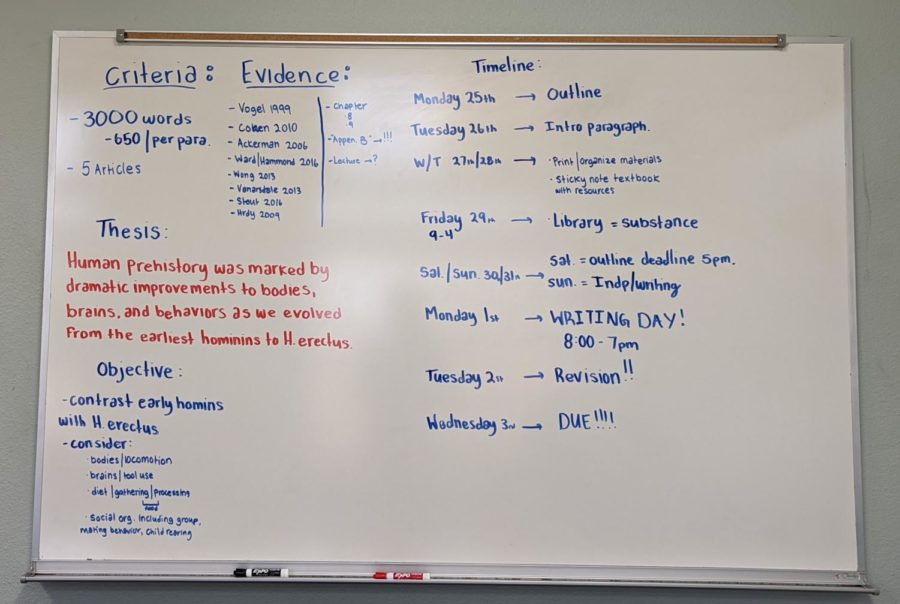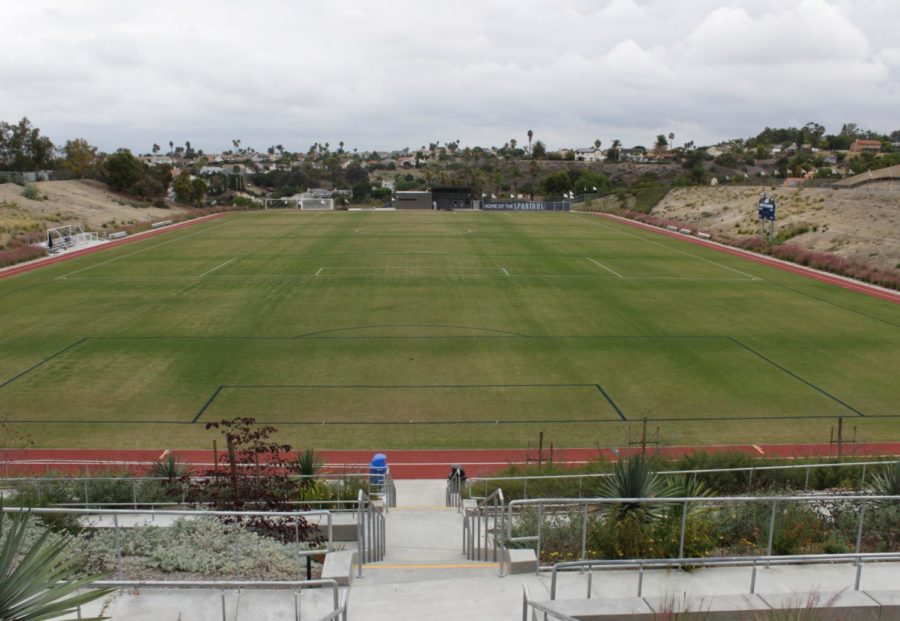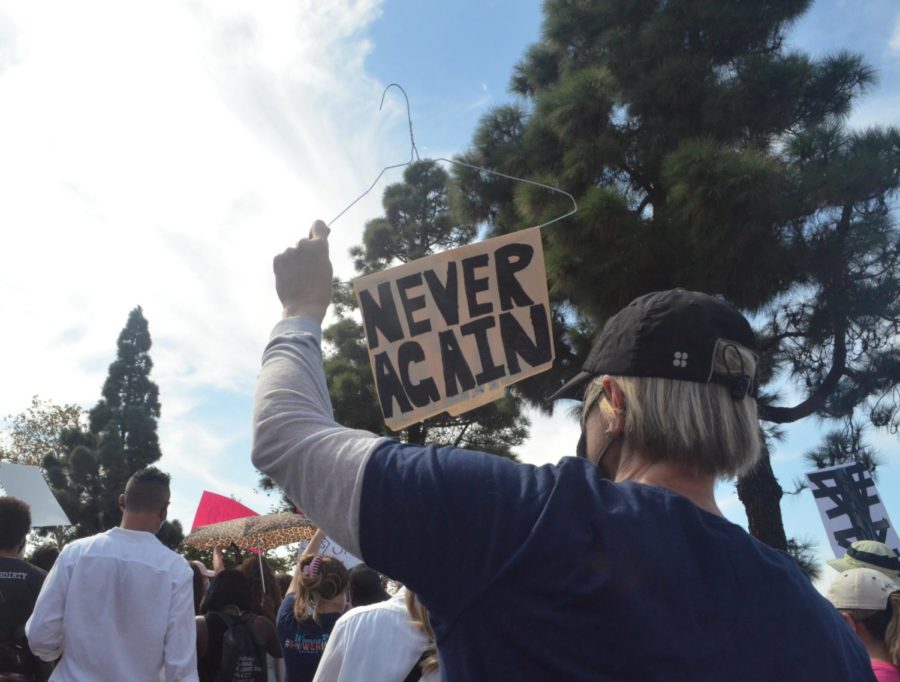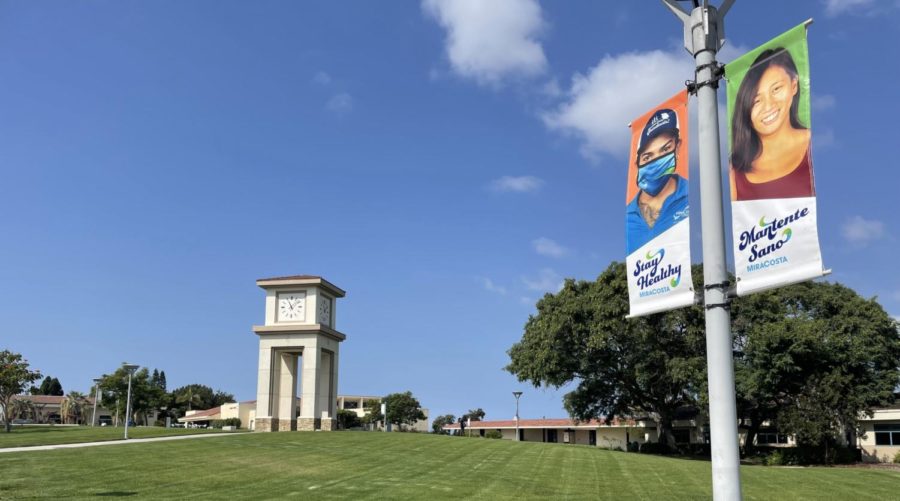San Diego Police Department’s History Of Racial Bias And What It Means For Communities Of Color
April 14, 2020
Just over two and a half decades have passed since the Violent Crime Control and Law Enforcement Act of 1994, informally known as the 1994 crime bill, was passed by President Bill Clinton amid national pressure to address rising violent crime rates. The bill, authored by presidential candidate and Democratic primary frontrunner Joe Biden, was initially meant to curb conservative criticisms that the Democratic party wasn’t tough enough on crime. Boasting funding for 100,000 new police officers, implementing new mandatory sentencing laws, and reinvigorating Nixon’s “war on drugs,” the bill was embraced by Democrats who hoped to improve their reputation with moderate and conservative voters. According to the Marshall Project, “the bill included $9 billion for prison construction and $8 billion for 100,000 police officers. Among its sentencing provisions were an expansion of the federal death penalty, mandatory minimum sentencing, and ‘truth in sentencing’ incentives to encourage states to adopt harsh punishments and limit parole.”
The bill also included provisions such as the Violence Against Women Act and the Federal Assault Weapons Ban, which have both remained popular with even today’s Democrats. But the legacy of this controversial bill has instead revealed that Clinton’s “tough on crime” legislation, unsurprisingly, has had a lasting negative impact endured primarily by people of color, and has furthered the systematic oppression perpetuated by mass incarceration and police brutality.
This bill is just one example of the many laws and institutions in which oppression is the norm, systematic racism goes unchallenged, and white supremacy thrives. A San Diego State University study focused on analyzing racial bias in the San Diego Police Department found that black and latino drivers were twice as likely to be searched, as opposed to their white counterparts in the same area, although they were actually less likely to possess contraband. SDPD data also shows that black drivers were stopped 219% more than whites, extreme methods of force were more likely to be employed to make an arrest, and they were more likely to be stopped for reasons other than a traffic violation.
According to the organization Mapping Police Violence, people of color were also more likely to be killed by the police than whites, despite being more likely to be unarmed. Mapping Police Violence also documents the disparity between violent crime levels and the use of deadly force, as police departments who implement strict use of force policies and frequent bias trainings consistently have lower rates of unjustified police violence, regardless of the frequency of violent crime. This is in addition to further data collected by other non-profit organizations such as Campaign Zero and The Coalition Against Police Abuse, both of which have acquired similar data pointing to notable disparities in the treatment of people of color by law enforcement. The collection of this data was made possible by the Racial Identity and Profiling Act, passed in 2015 and written by San Diego’s 79th District Assembleymember Dr. Shirley Weber, which requires law enforcement agencies to report perceived demographic data when making a stop. If these statistics don’t alarm you, they should. Each study points to the same irrefutable conclusion that the presence of racial bias in San Diego’s law enforcement is incredibly real, dangerously common, and very damaging to communities of color.
3/5/2022 – 109 Views – 5 Likes – 0 Comments























